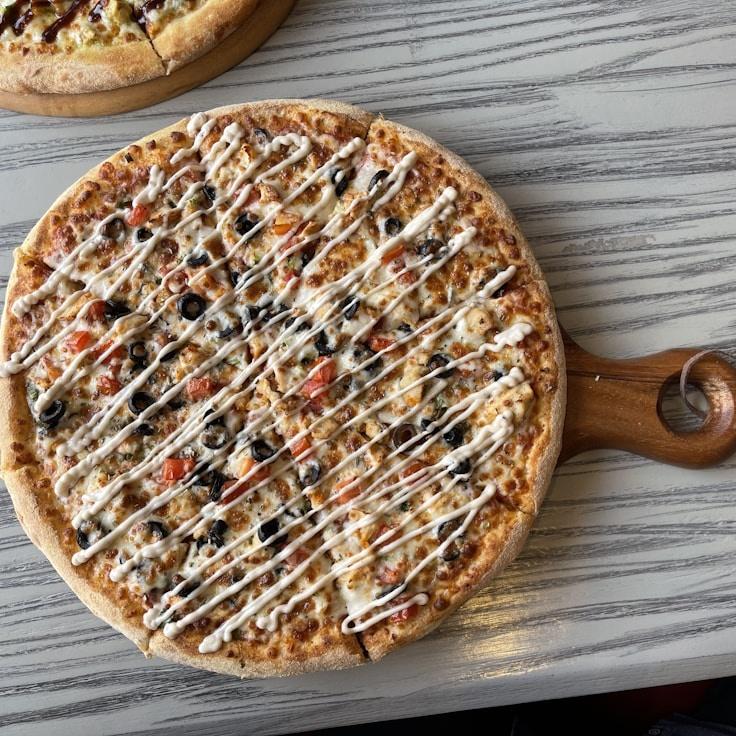At SaladGreenPlate, our conviction is that the cornerstone of remarkable pizza is its dough. With over thirty years refining our technique, it's our pleasure to offer some insights. We hold our precise recipe close to our hearts, yet by imparting these fundamental tips, you can achieve pizzeria-level pizza dough within your abode.
Choosing the Right Flour
Superior pizza dough is built on premium flour. 00 flour — a finely milled Italian variety with a protein content about 12% — is our suggestion for a dough that's strong yet supple. If 00 flour is elusive, go for bread flour, which will result in a dough with a marginally different texture.
Water's Temperature and Dough Hydration
The fermentation time and dough development are influenced by the temperature of your water. Opt for cold water close to 45°F (7°C) for a slow fermentation process, enhancing taste, or choose water that's lukewarm, around 85°F (29°C), for a faster process. Aim for a hydration ratio of 60-70% in regards to water to flour for optimal results in standard home ovens.
Opting for Less Yeast and More Time
A key to tasty dough is minimal yeast and extended fermentation. By using a mere 0.2% fresh yeast in comparison to the flour weight, and allowing a 24-48 hour fermentation period, you give rise to complex flavors and a final product that's more digestible.
Salt's Structural Role
Salt not only seasons the dough but also fortifies the gluten matrix and regulates fermentation. Utilize fine sea salt at a ratio of 2.5-3% to your flour's weight. Integrate it after the flour and water have partially mixed to keep it away from the yeast.
The Artistry of Fermentation
Post-mixing, let your dough undergo an initial bulk fermentation at a casual room temperature for 2 hours before dividing and shaping it into individual portions. Encase these in sealed containers and cool them for 24-72 hours. This extended, chilled fermentation period is when enzymes transform starch into sugars, leading to a flavorful dough and that characteristic browning of the crusts.
Dough Handling Techniques
Prior to baking, allow your dough intervals of 1-2 hours at room temperature to temper. Managing the dough with delicacy is essential to maintain the developed gas bubbles. Employ your fingers to press and stretch, rather than rolling the dough which may deflate those essential air pockets.
Heat's Final Role
Although our ovens soar to temperatures of 850°F (454°C), home ovens generally peak at about 550°F (288°C). Counter this by preheating a pizza stone or steel for around an hour to mimic the searing heat necessary for a perfectly crisp outside and fluffy inside.
The mastery of pizza dough comes with experience and each attempt enlightens you about the particulars of this craft. Taking notes, tweaking variables, and finding what suits your kitchen best is part of the adventure.
For a hands-on learning experience, attend one of our monthly pizza workshops where Chef Giulio demonstrates these techniques elaborately. Visit our events calendar for the forthcoming dates!

